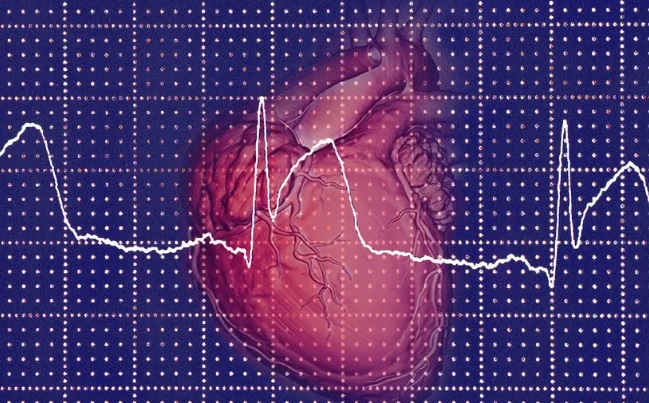Welcome to our comprehensive guide on Myocardial Infarction ICD 10, where we delve into the intricate details of this critical medical condition. Our aim is to provide you with an in-depth understanding of what myocardial infarction is, how it’s classified using the ICD 10 code, its symptoms, diagnosis, treatment options, and preventive measures.
Understanding Myocardial Infarction
Myocardial infarction, commonly known as a heart attack, is a life-threatening medical emergency that occurs when blood flow to a part of the heart is significantly reduced or completely blocked. This often happens due to the sudden rupture of a plaque in the coronary artery, leading to the formation of a blood clot that obstructs blood flow. As a result, the affected heart muscle doesn’t receive enough oxygen and nutrients, causing tissue damage.
Myocardial Infarction ICD 10 Code
In the realm of medical coding, the ICD-10 code plays a crucial role in accurately classifying and documenting various health conditions. For myocardial infarction, the specific ICD-10 code is I21. This code further branches out into subcategories based on the type of myocardial infarction, its location, and any associated complications.
Types of Myocardial Infarction
I21.0 – ST elevation (STEMI) myocardial infarction involving the anterior wall of the heart.
I21.1 – ST elevation (STEMI) myocardial infarction involving the inferior wall.
I21.2 – ST elevation (STEMI) myocardial infarction involving other sites.
I21.3 – ST elevation (STEMI) myocardial infarction involving unspecified site.
I21.4 – Non-ST elevation (NSTEMI) myocardial infarction.
I21.9 – Acute myocardial infarction, unspecified.
Recognizing Symptoms and Diagnosis
The symptoms of myocardial infarction can vary but commonly include chest pain or discomfort, shortness of breath, sweating, nausea, and pain radiating down the left arm. Prompt recognition of these symptoms is vital for seeking immediate medical attention, as a timely diagnosis can greatly impact the patient’s prognosis.
Diagnosis typically involves a combination of electrocardiograms (ECGs), blood tests (such as measuring cardiac enzymes), and imaging techniques like angiography to visualize any blockages in the coronary arteries.
Treatment Options and Management
The treatment approach for myocardial infarction depends on its type and severity. For STEMI cases, rapid restoration of blood flow is crucial, often achieved through percutaneous coronary intervention (PCI) or thrombolytic therapy. NSTEMI cases are managed with medications that help alleviate symptoms, stabilize the condition, and reduce the risk of further complications.
Cardiac Rehabilitation
Following the acute phase, a comprehensive cardiac rehabilitation program is recommended. This involves supervised exercises, dietary counseling, stress management, and education to improve the patient’s overall cardiovascular health.
Preventive Measures
Preventing myocardial infarction involves adopting a heart-healthy lifestyle. Here are some essential preventive measures:
Healthy Diet: Consume a diet rich in fruits, vegetables, whole grains, lean proteins, and low-fat dairy while limiting saturated and trans fats, cholesterol, and sodium intake.
Regular Physical Activity: Take part in regular physical activity, aiming for 150 minutes or more of aerobic activity each week at a moderate level.
Smoking Cessation: Quit smoking and avoid exposure to secondhand smoke, as smoking significantly increases the risk of heart disease.
Stress Management: Practice stress-reduction techniques such as meditation, deep breathing, and yoga to lower the risk of heart-related issues.
Blood Pressure and Cholesterol Control: Monitor and manage blood pressure and cholesterol levels through medications and lifestyle changes.
In conclusion, understanding Myocardial Infarction ICD 10 is crucial for recognizing the condition, ensuring accurate diagnosis, and implementing appropriate treatment strategies. By adopting preventive measures and maintaining a heart-healthy lifestyle, you can significantly reduce the risk of experiencing a heart attack. Remember, your heart health is in your hands, and proactive steps can lead to a healthier and more fulfilling life.
